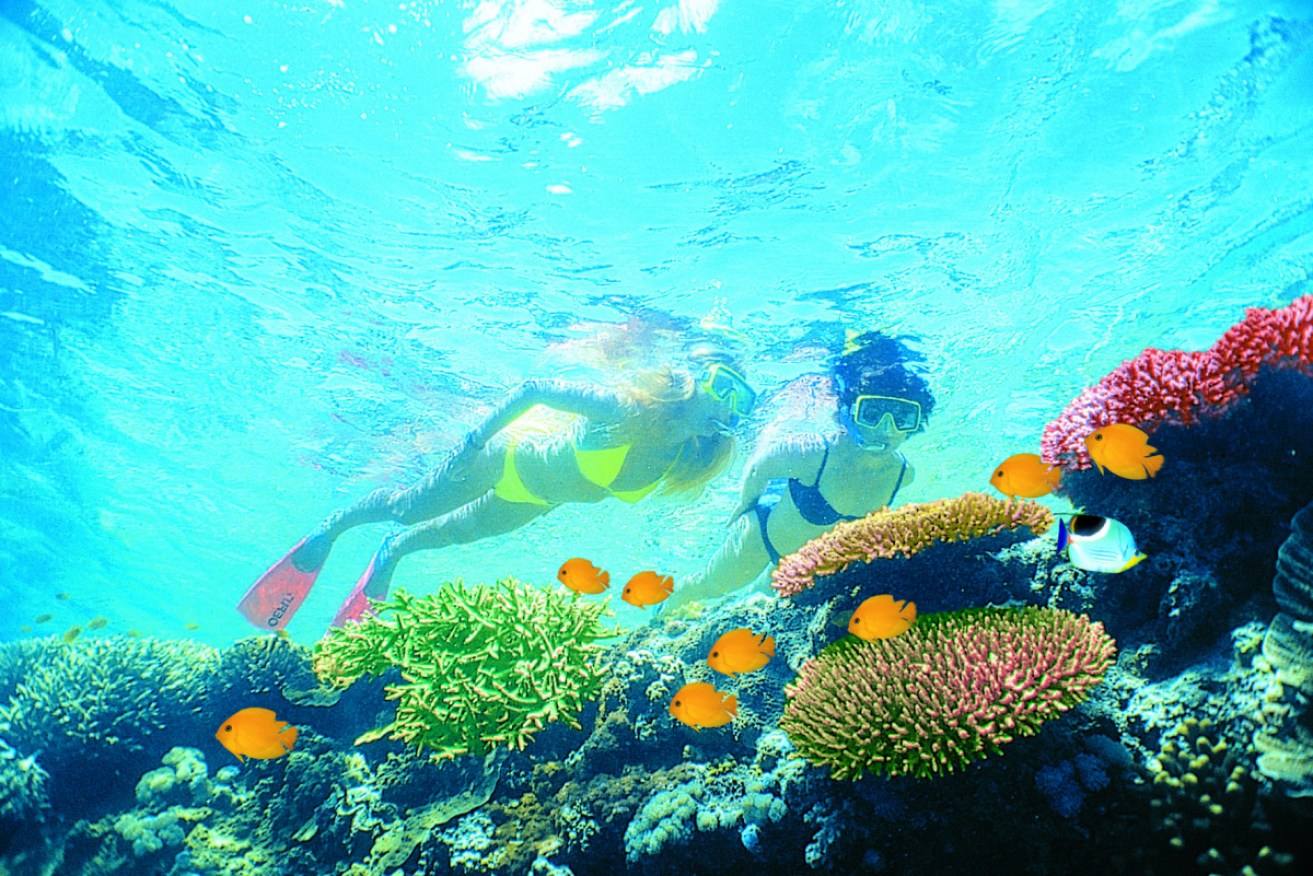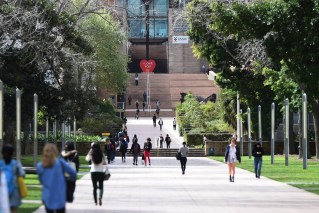Sex on the Reef: Scientists trial a bold plan to help coral spawn


Scientists are planning to help coral regenerate in the Great Barrier Reef in a bold new project. Photo: Getty
Scientists will spread millions of baby corals around the Great Barrier Reef in coming days to help fertilise parts of the Reef that have been damaged by bleaching.
In what can only be described as a massive orgasm that happens about once a year, billions of coral eggs and sperm suddenly explode out of the Reef’s coral colonies like underwater fireworks.
The spectacular event normally occurs a few days after the new moon in November. It is the Reef’s way of growing and regenerating.
This year, a big team of researchers and conservationists are helping the Reef get the most out of its big O by collecting some of the coral spawn and dropping it off in areas of the Reef that have been damaged by incidents like bleaching or cyclones.
To increase the chances of the baby corals surviving in their new homes in affected areas, the scientists will first ‘turbo charge’ them in a laboratory.
This will include introducing them to lab-reared algae so they get used to their new partners before being released into the ocean.
Algae is essential for the survival of coral – if there is not enough algae, the coral will die because it won’t be able to get enough food and oxygen.
A similar project has worked in the Philippines.
Now, new technology is being used to achieve the same results in Australia.
Citizens of the Great Barrier Reef CEO Andy Ridley said the project was one of the biggest-ever collaborations on the Reef.
“We’re actually getting down there in the water and trying some of the most innovative science on the planet,” Mr Ridley told The New Daily.
“It’s really powerful to see so many people working together.”
Film crews will be eagerly waiting to capture the orgasmic underwater coral explosion, which is known to attract all sorts of fish, sharks, rays and the other sea creatures that draw thousands of tourists to the Reef every year.

Researchers have been trialling a range of techniques to boost the health of the Reef. Photo: Coral Nurture Program – Rolex/Frank Gazolla
While the Great Barrier Reef looks relatively healthy this year, climate change is a serious threat to its future.
Half of the Great Barrier Reef has already been bleached to death due to unnaturally hot ocean temperatures caused by global warming destroying the Reef’s colourful algae.
When coral is stressed from hot water, it expels the algae and starves. This process reduces the bright rainbow-like colours of coral into a dead white skeleton.
“We’re all really worried about climate change – it’s definitely the biggest threat to the Reef as we go forward,” Mr Ridley said.
“Fundamentally there are some amazing people working on the Reef.
We want to remind the world what is at stake and hopefully inspire people not to give up on this global icon.”
A number of projects aimed at boosting the health of the Great Barrier Reef are underway, but a lot more needs to be done to stave off the effects of global warming.
“While everything we do here is critically important to build the Reef’s resilience, in the end it’s going to require everybody, everywhere to do what they can to deal with the climate change issue,” Mr Ridley said.
“We want to be the inspiration for change, not the poster child for the problem.”
https://www.youtube.com/watch?v=sGsA7hdfghs








